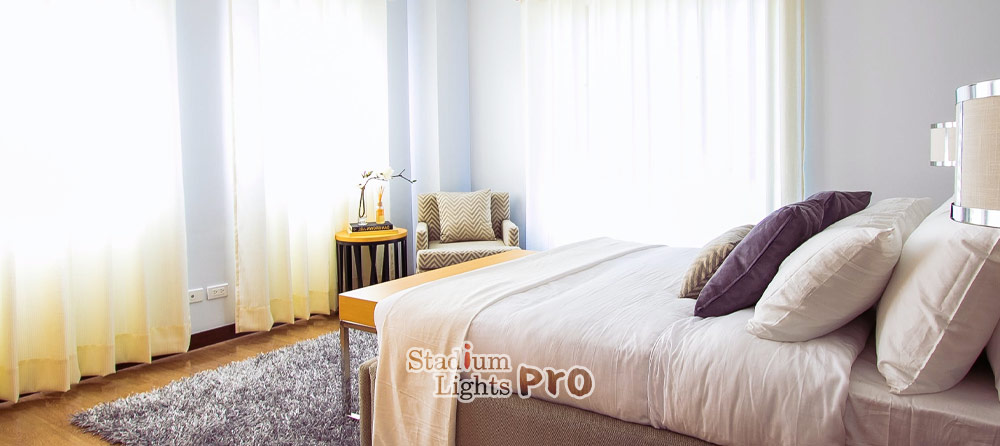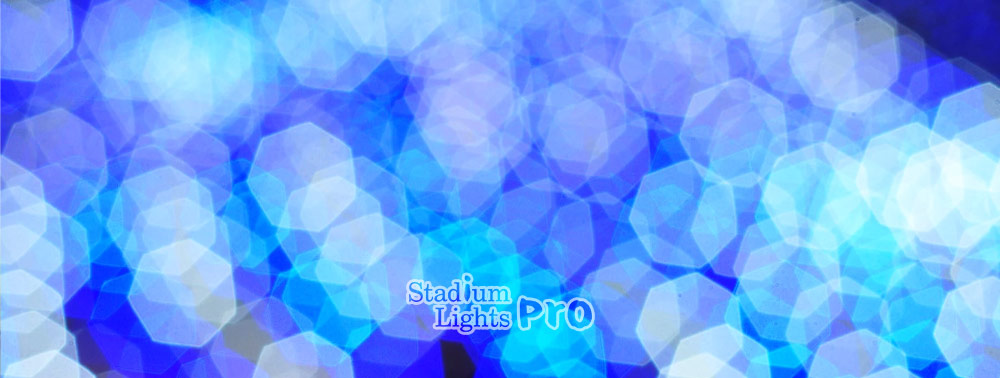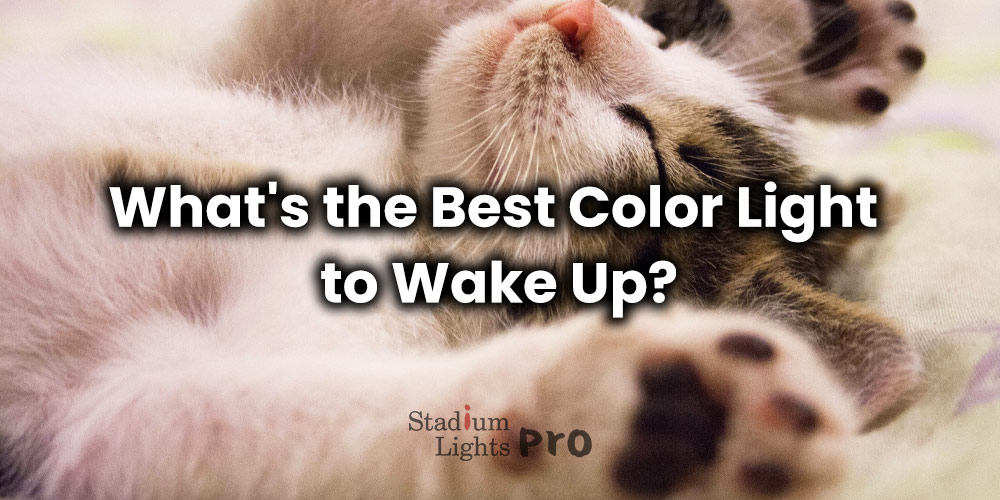This article is an overview of the effects of different colors of light on the body’s sleep-wake cycle. We will explore the science behind how light influences the production of hormones such as melatonin and cortisol, and how the timing and quality of light exposure can affect the body’s ability to fall asleep, stay awake, and achieve overall good sleep quality.
The information is useful for anyone who wants to understand how light impacts sleep and how to enhance sleep quality through various light colors. It can be especially helpful for individuals with sleep difficulties, those seeking to improve their morning wake-up routines, and those who work night shifts or are frequently exposed to artificial light.
Table of Contents
ToggleImportance of light in regulating sleep and wake cycles

Light plays a crucial role in regulating the body’s sleep-wake cycle, also known as the circadian rhythm. The circadian rhythm is an internal biological process that controls the timing of various physiological functions, including sleep and wakefulness, throughout the day. Light is the primary cue that helps synchronize the circadian rhythm with the external environment.
During the day, exposure to bright light, especially blue light, suppresses the production of melatonin, a hormone that promotes sleep, and signals the body to be alert and awake. At night, the absence of light or exposure to dim light allows melatonin production to increase, signaling the body to prepare for sleep.
Disruptions to the circadian rhythm, such as those caused by exposure to artificial light at night or lack of natural light during the day, can lead to sleep disorders, decreased cognitive function, and even chronic health conditions. Therefore, understanding the effects of different types and colors of light on the body and incorporating them into daily routines is essential for maintaining healthy sleep and wake cycles.
The best color light to wake up

Benefits of blue light for waking up
Blue light is the most effective type of light for waking up and promoting alertness because of its ability to suppress melatonin production and synchronize the body’s circadian rhythm with the external environment.
Exposure to blue light in the morning has been shown to improve alertness, mood, and cognitive function throughout the day. It also helps to regulate the body’s internal clock, making it easier to wake up in the morning and feel alert and awake during the day. This is why blue light is often used in alarm clocks, wake-up lights, and other devices designed to help people wake up.
Besides, blue light therapy, a treatment that uses a light box emitting blue light, has been found to be effective in treating seasonal affective disorder (SAD), a type of depression that occurs during the shorter daylight hours of fall and winter, and also effective for shift-work sleep disorder, insomnia and other sleep disorders.
The timing, duration, and intensity of the blue light exposure are crucial to its effectiveness. It’s best to expose yourself to blue light in the morning, when your body’s natural circadian rhythm is set to wake up, as that will have a stronger effect on melatonin suppression and help you feel more alert and awake.
How to use blue light to wake up?
There are several ways to use blue light to wake up and promote alertness in the morning:
Blue light alarm clock
These are alarm clocks that use blue light to simulate a natural sunrise and gradually wake you up in the morning. They have been shown to be effective in helping people wake up and feel more alert and awake throughout the day.
Wake-up light
Wake-up lights are similar to blue light alarm clocks, but they are designed to be used as a bedside lamp, providing a gentle, natural-looking light that gradually brightens over a set period of time before your alarm goes off, simulating a sunrise.
Blue light therapy
A treatment that uses a light box emitting blue light, it can be used as a wake-up light and can be effective in treating seasonal affective disorder (SAD) and other sleep disorders.
Natural blue light
Exposing yourself to natural blue light in the morning by going outside or opening windows to let in natural light can also be an effective way to regulate your body’s circadian rhythm and promote wakefulness.
Limit exposure to screens before bed
Try to limit exposure to screens emitting blue light, such as smartphones, tablets, and computers, at least an hour before bed, as the blue light can interfere with melatonin production and make it harder to fall asleep.
We may use blue light filter on our electronic devices, this feature reduces the amount of blue light emitted by the device, which can help reduce the disruption of your body’s circadian rhythm. This can be especially helpful if you use your electronic devices late at night or early in the morning.
Can blue light wake up our brains?
Exposure to blue light wakes up the brain by impacting the production of hormones that regulate sleep and wake patterns. Blue light has a high concentration of short-wavelengths that can suppress the production of melatonin, a hormone that regulates sleep, and increase the release of cortisol, a hormone associated with stress.
Blue light helps regulate circadian rhythms, which can help improve sleep and wake patterns. The light receptors in our eyes, particularly in the retina, called “ipRGC” sends the signals to the brain’s suprachiasmatic nucleus (SCN) which is a small region located in the hypothalamus, which controls the circadian rhythm. The SCN synchronizes the body’s internal clock to the external light-dark cycle. Therefore, exposure to blue light in the morning helps to reset the body’s internal clock, making us feel more alert and awake.
Pros and cons of blue lights
| Pros | Cons |
| Increased alertness | Disruption of sleep – Excessive exposure to blue light at night can disrupt sleep patterns, leading to insomnia and other sleep disorders. |
| Improved sleep and wake patterns | Eye strain and fatigue – Intense blue light can cause eye strain, fatigue, and dry eyes. |
| Better performance – Blue light exposure has been shown to improve reaction times, memory, and cognitive performance. | Increased risk of certain cancers – Some studies have suggested that exposure to blue light at night may increase the risk of certain types of cancer, such as breast cancer and prostate cancer. |
| Better vision – Blue light can improve visual acuity and contrast sensitivity, which can be beneficial for people with age-related macular degeneration or cataracts. | Digital Eye Strain – Prolonged use of electronic devices with blue light emitting screens can cause digital eye strain, headaches, fatigue and blurred vision. |
The science of light and sleep
How the body’s circadian rhythm is affected by light?
The body’s circadian rhythm is regulated by a group of cells located in the hypothalamus called the suprachiasmatic nucleus (SCN). The SCN acts as the “master clock” of the body, coordinating the timing of various physiological processes based on information received from the eyes about the presence and absence of light.
When the eyes detect light, specifically blue light, it sends a signal to the SCN, which in turn sends signals to other parts of the body to suppress the production of melatonin and to activate the systems that promote wakefulness and alertness. This process helps to synchronize the body’s internal clock with the external environment, preparing the body for the activities of the day and ensuring that we are awake and alert when we need to be.
On the other hand, when the eyes detect darkness, the SCN sends signals to other parts of the body to increase the production of melatonin and to activate the systems that promote sleep and relaxation. This process helps to prepare the body for sleep, making us feel sleepy and ready for bed when it’s nighttime.
Disruptions to this process can occur when there is an exposure to artificial light at night or lack of natural light during the day, leading to insomnia, jet lag, or other sleep disorders. The body’s internal clock can also be desynchronized by shift work, leading to a number of health issues.
Different types of light and their effects on the body
There are different types of light, each with its own unique properties and effects on the body. The crucial aspect of light that affects the body’s circadian rhythm is the wavelength, or color, of the light.
| Color light | Wavelength | Effects |
| Blue light | 480 nanometers | The most effective at suppressing melatonin production and promoting wakefulness and alertness. It is the most similar to natural light during the day and can be found in sunlight, LED lights, and electronic devices such as smartphones and tablets. |
| White light | A mixture of different wavelengths | Less effective at suppressing melatonin production than blue light. It can be found in traditional incandescent and fluorescent lights. |
| Red light | 640 nanometers | The least effective at suppressing melatonin production |
| Green light | 535 nanometers | Less disruptive to sleep than blue light |
Conclusion
The regulation of the body’s sleep-wake cycle, known as the circadian rhythm, is heavily dependent on light. Specifically, blue light has been found to be the most beneficial for waking up and increasing alertness as it effectively reduces melatonin production and aligns the body’s internal clock with the external environment.
If you are interested in learning more about the best color light to wake up, don’t hesitate to reach out to us. Our team of experts can provide you with additional information on the science behind the effects of light on the body’s sleep-wake cycle and the various options available for incorporating blue light into your morning routine.
Whether you’re looking to improve your sleep and wakefulness, or you’re looking for a way to treat insomnia or seasonal affective disorder, we can help you find the right solution for your needs. Whether it’s through a blue light alarm clock, wake-up light, blue light therapy, or other means, we can provide you with the knowledge and resources you need to start your day feeling refreshed and alert. Please don’t hesitate to contact us, we are happy to assist you.

